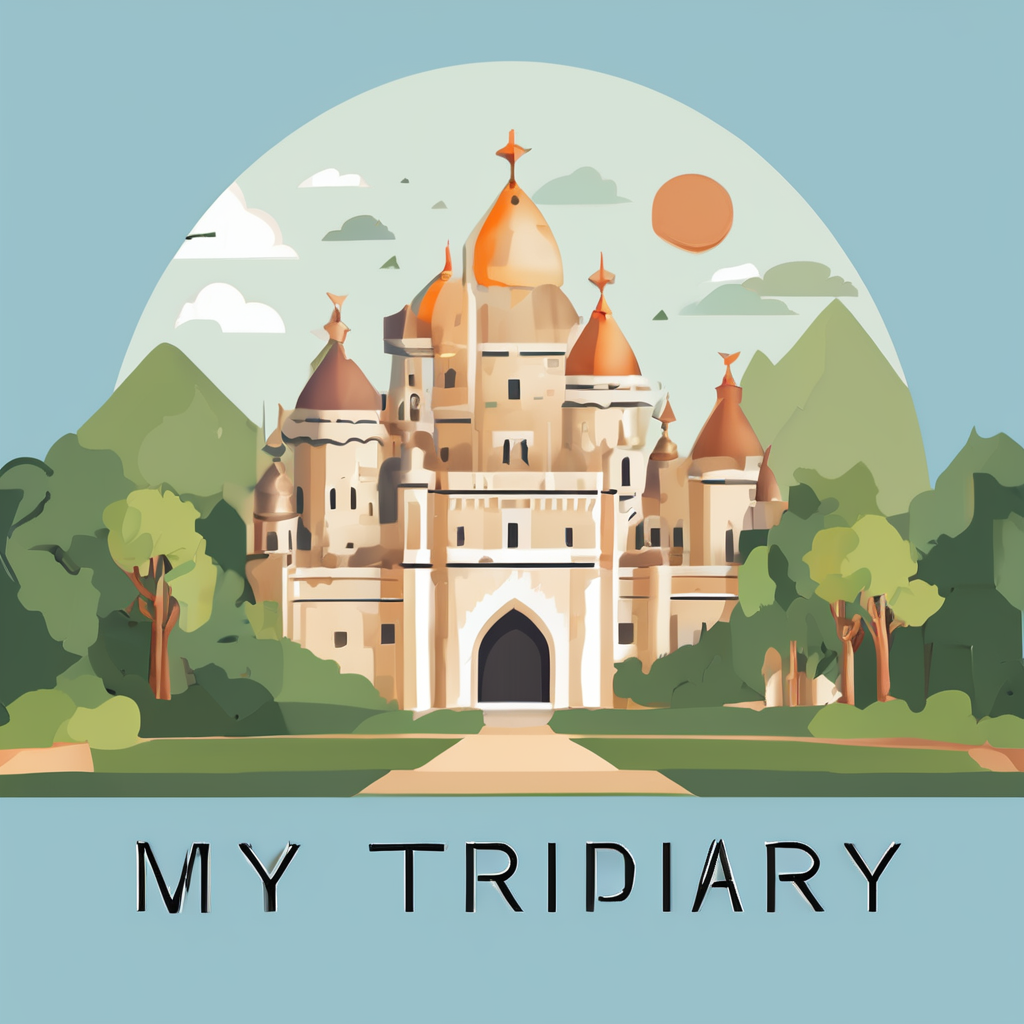Overview of Traditional British Folk Dance
Traditional British folk dance encompasses a rich tapestry of customs and practices deeply embedded in the nation’s cultural significance. These dances serve as a living narrative of British history, with various styles like Morris, Cotswold, and Border dances marking their own unique chapters.
Morris dance, one of the most iconic styles, involves spirited group performances using handkerchiefs and sticks. The distinct Cotswold variety often features elaborative costumes, while Border Morris is known for its vibrant face paint and energetic steps. These distinctive dance forms are not merely performances but are rich expressions of cultural identity.
Additional reading : Discover London’s Majestic Royal Palaces: An Inspiring Guided Journey Awaits
Spanning centuries, traditional British folk dance has played a pivotal role in fostering community connections and strengthening cultural identity across the UK. Each step, beat, and movement in a folk dance tells a story, uniquely reflecting the vibrant history and spirit of the British people. It’s this profound connection that continues to endear these dances to communities, allowing them to thrive in today’s diverse cultural tapestry.
With celebrations often taking place at local gatherings and festivals, these dances remain central to British communal life and identity.
This might interest you : Explore Hands-On English Gardening Workshops in the Breathtaking Lake District: Your Ultimate Guide to Traditional Techniques
Significance of Countryside Villages in Folk Dance
Countryside villages are vital cultural hubs for traditional British folk dance, preserving and nurturing these age-old practices. Tightly knit communities in these rural areas offer a welcoming environment where folk dance communities thrive. This sense of togetherness creates an ideal setting for passing down cultural traditions.
The relationship between the landscape and folk dance is profound. Rural culture, with its picturesque settings, adds an enchanting backdrop to the dances, amplifying their cultural resonance. Village greens and historic halls often serve as platforms where dances such as Morris and Border are performed, creating a tangible connection between nature and movement.
Specific villages boast features that significantly enhance the folk dance experience. For instance, the vibrant stone cottages and lush fields typical in these locales provide an idyllic stage that breathes life into the performances. Such settings contribute not only to the aesthetic appeal but also to the cultural significance of these events, making them memorable for spectators and participants alike.
In these villages, folk dances are more than entertainment; they are expressions of communal identity, capturing the essence of rural life in the UK.
Festivals and Events Celebrating Folk Dance
Traditional British folk dance thrives in numerous vibrant festivals across the UK, showcasing the cultural significance embedded within each step and movement. These gatherings, steeped in tradition, offer unique glimpses into the country’s rich dance heritage. Noteworthy events include the Sidmouth Folk Festival, famous for its blend of traditional spectacle and contemporary influences.
Another landmark celebration is the Whitby Folk Week, where dance enthusiasts gather to experience a kaleidoscope of performances and workshops. Here, both spectators and dancers can revel in the spirited environment and history interwoven with each festival. For those eager to engage further, tickets for participation are often available online or at the event venue. This accessibility adds to the appeal, drawing a diverse audience.
Personal stories from attendees highlight how these festivals foster a sense of community and connection. From first-time visitors to seasoned dancers, festivals bring together people from various backgrounds, sharing in the joy and expressive spirit of folk dance. As we approach the next event season, these celebrations are a testament to the enduring appeal of British folk traditions, woven into the fabric of the UK’s cultural identity.
Learning Traditional British Folk Dance
Learning traditional British folk dance offers a gateway into the heart of the UK’s cultural heritage. For enthusiasts eager to dive in, a range of dance tutorials provides both novices and seasoned dancers with opportunities to partake in this vibrant tradition.
Introduction to Dance Tutorials
These tutorials often feature step-by-step guides to popular styles such as Morris, Cotswold, and Border dances. They serve as valuable resources for understanding the intricate movements and cultural significance embedded within each dance. Viewers gain insights into the historical context and community importance tied to these dances.
Local Dance Groups and Classes
Community groups in countryside villages are pivotal in spreading folk dance knowledge. Often held in village halls, these classes offer personalized guidance, fostering both skill development and community ties. Engaging with these groups provides a firsthand experience of rural culture and the dance’s role within it.
Online Resources for Learning
For those unable to attend in person, digital platforms provide an alternative. Many websites and video channels offer a plethora of resources to practice at one’s own pace. These online offerings ensure that the richness of British folk dance remains accessible to a global audience, embracing technology in preserving tradition.
Visual Engagement: Imagery of Folk Dance and Villages
In the realm of traditional British folk dance, visual storytelling plays a pivotal role in deepening cultural appreciation and understanding. Dance photography captures the vibrant essence of these genres, offering unique glimpses into their vivacity and cultural representation. Images of swirling skirts, elaborate costumes, and energetic movements form a visual narrative that evokes the spirit and history intertwined with each step.
The importance of vibrant imagery extends beyond aesthetics; it acts as a bridge, connecting audiences emotionally to the moment. Whether it’s the singularity of a Morris dancer’s leap or the collective synchronicity of a Cotswold group, photographs immortalize these moments, offering clarity and insight into the dance styles.
Striking examples often emerge from folk dance festivals and village events, where spectators and participants become part of the story. Social media platforms, brimming with such images, play a fundamental role in promoting and keeping the folk dance culture alive. As viewers engage with these visuals, they too become participants, immersed in the lively tapestry of British cultural heritage. Through images, the soul of folk dance finds a global audience, and its legacy is extended across borders.
